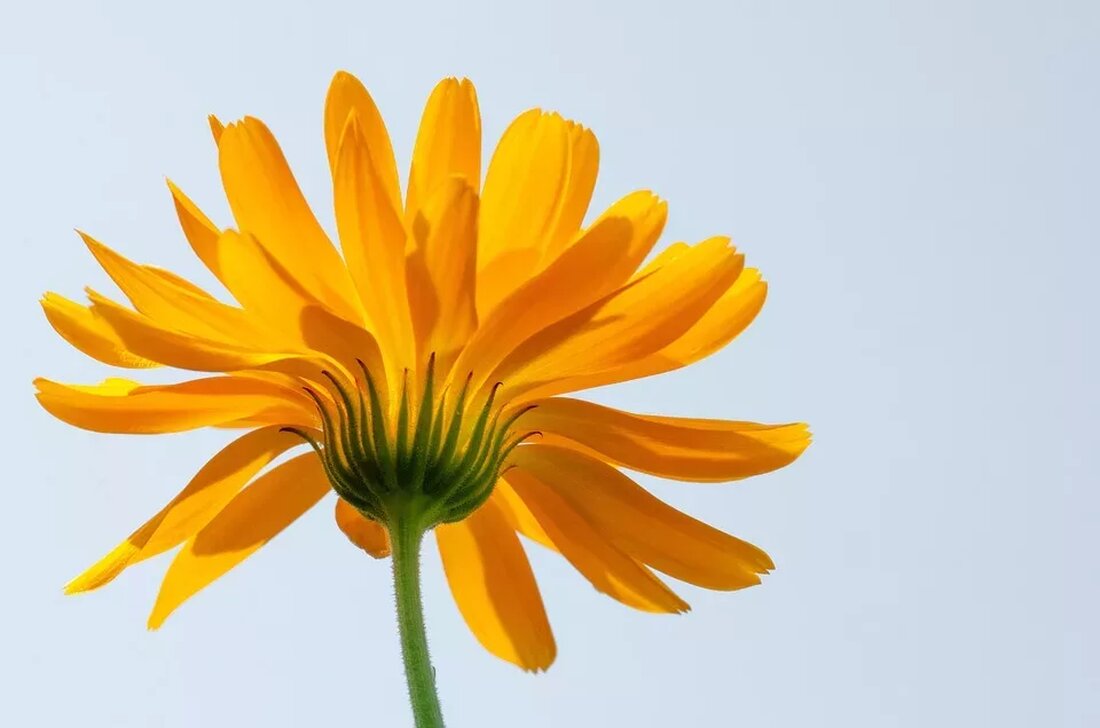Medicinal plants from the Australian outback
Medicinal plants from the Australian outback The Australian outback is known for its extreme biodiversity and unique ecosystems. However, in this dry and often hostile environment there is also an impressive variety of medicinal plants that have been used by the Aboriginal people of Australia for centuries. Over time, these plants have adapted to inhospitable conditions and developed remarkable properties for human health. Some of the most fascinating medicinal plants from the Australian outback are presented in more detail below. Emu bush (Eremophila alternifolia) The emu bush is a plant that is widespread in the Australian outback. The Aborigines have been using various...

Medicinal plants from the Australian outback
Medicinal plants from the Australian outback
The Australian outback is known for its extreme biodiversity and unique ecosystems. However, in this dry and often hostile environment there is also an impressive variety of medicinal plants that have been used by the Aboriginal people of Australia for centuries. Over time, these plants have adapted to inhospitable conditions and developed remarkable properties for human health.
Some of the most fascinating medicinal plants from the Australian outback are presented in more detail below.
Emu bush (Eremophila alternifolia)
The emu bush is a plant that is widespread in the Australian outback. Aboriginal people have been using various parts of this plant for medicinal purposes for centuries. The leaves of the emu bush are often made into an infusion and drunk as a tea to treat colds and flu. It is also said that the tea helps with stomach upsets and digestive problems. In addition, the oil extracted from the leaves is often used topically to relieve muscle and joint pain.
Quandong (Santalum acuminatum)
The quandong is a tree native to the dry part of Australia. Both the fruits and seeds of quandong are known for their medicinal properties. The fruits are rich in vitamin C and are often made into a juice that is said to strengthen the immune system and prevent colds. In addition, quandong seeds contain a number of healthy fatty acids that have a positive effect on the cardiovascular system. In traditional Aboriginal medicine, quandong seeds are also used for skin diseases because they have anti-inflammatory properties.
Kakadu plum (Terminalia ferdinandiana)
The Kakadu plum is a small, yellow fruit that grows in the dry regions of the Australian outback. It is known for its exceptionally high vitamin C content and is considered one of the most vitamin-rich fruits in the world. The fruit has antioxidant properties and can therefore strengthen the immune system and prevent premature aging. In addition, Kakadu plum is also valued for its anti-inflammatory effects and is used in traditional medicine to treat inflammation.
Macadamia nut (Macadamia integrifolia)
The macadamia nut is one of the most famous plants from the Australian outback. It grows mainly in the eastern regions of Australia and is very popular due to its delicious taste and health benefits. The macadamia nut contains many healthy fats and is a good source of vitamin B, magnesium and potassium. It can lower cholesterol, reduce the risk of heart disease and improve brain function. Additionally, the oil extracted from the nuts is said to have anti-inflammatory properties and can provide relief for skin conditions such as eczema and dermatitis.
Ziziphus (Ziziphus mauritiana)
The Ziziphus is a small tree or shrub that grows in dry regions of Australia. The fruits of the Ziziphus tree are known for their digestive properties and are used in traditional medicine to treat gastrointestinal complaints. They are often made into a juice or dried and eaten as a snack. In addition, the Ziziphus fruit contains a number of important nutrients, including antioxidants, vitamin C and iron. These nutrients can strengthen the immune system, increase energy and fight fatigue.
Wattle (Acacia spp.)
The Wattle plant is known for its beautiful yellow flowers and is found throughout Australia. Various species of wattle plants are used by Aboriginal people for medicinal purposes. The bark and leaves of the wattle plant are often made into a tea and used to treat colds and fevers. The tea can also be used to relieve headaches and calm stomach cramps. In addition, the resin of the wattle plant is used externally to treat wounds and rashes as it has disinfectant and anti-inflammatory properties.
Summary
The Australian outback is home to an impressive variety of medicinal plants that have been used by Aboriginal people for centuries. These plants have adapted to the extreme conditions of the arid environment and provide a variety of health benefits. Emu bush, quandong, kakadu plum, macadamia nut, ziziphus and wattle are just a few examples of the fascinating medicinal plants of the Australian outback. Their traditional use in medicine and their health benefits make them important resources for natural health care.

 Suche
Suche
 Mein Konto
Mein Konto
